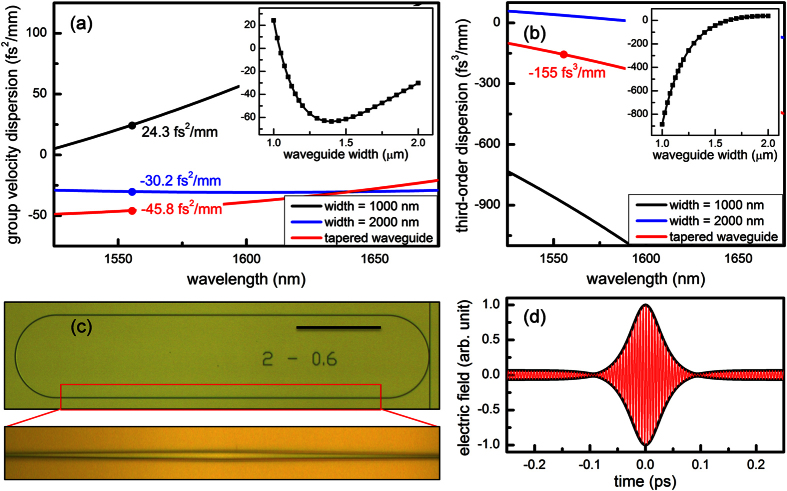Figure 2. Design of the novel single-mode microresonator.
(a,b) Group velocity dispersion and third-order dispersion of the uniform waveguides with different widths and the tapered waveguide calculated with a commercial full-vector finite-element-mode solver (COMSOL Multiphysic), taking into consideration both the waveguide dimensions and the material dispersion38. To account for the tapered geometry, waveguide dispersions are calculated for various widths (1 to 1.2 μm with a step of 25 nm and 1.25 to 2 μm with a step of 50 nm) and dispersions as a function of waveguide width is obtained using a cubic spline interpolation (insets). The fitted functions are then used to calculate the path-averaged dispersions  and
and  , where dL = 400nm. (c) An optical micrograph of the designed single-mode microresonator. The waveguide in the semi-circle regions has a uniform width of 1 μm, supporting only the fundamental modes. On the other hand, the 800 μm long straight waveguide has a tapered width from 1 μm at the end to 2 μm at the middle of the waveguide. The total cavity length is 2.2 mm. Scale bar: 200 μm. (d) Dissipative cavity soliton with a FWHM duration of 50 fs is obtained by numerically solving the Lugiato-Lefever equation (LLE),
, where dL = 400nm. (c) An optical micrograph of the designed single-mode microresonator. The waveguide in the semi-circle regions has a uniform width of 1 μm, supporting only the fundamental modes. On the other hand, the 800 μm long straight waveguide has a tapered width from 1 μm at the end to 2 μm at the middle of the waveguide. The total cavity length is 2.2 mm. Scale bar: 200 μm. (d) Dissipative cavity soliton with a FWHM duration of 50 fs is obtained by numerically solving the Lugiato-Lefever equation (LLE), 
 , where A(t, τ) is the envelope function of the dissipative cavity soliton, αp is the propagation loss, αc is the coupling loss, δ is the pump-resonance detuning, and TR is the cavity roundtrip time. 2,001 modes centered at the pump are incorporated in the LLE modeling. The simulation starts from vacuum noise and is run for 1.5 × 105 roundtrips until the solution reaches the steady state.
, where A(t, τ) is the envelope function of the dissipative cavity soliton, αp is the propagation loss, αc is the coupling loss, δ is the pump-resonance detuning, and TR is the cavity roundtrip time. 2,001 modes centered at the pump are incorporated in the LLE modeling. The simulation starts from vacuum noise and is run for 1.5 × 105 roundtrips until the solution reaches the steady state.

